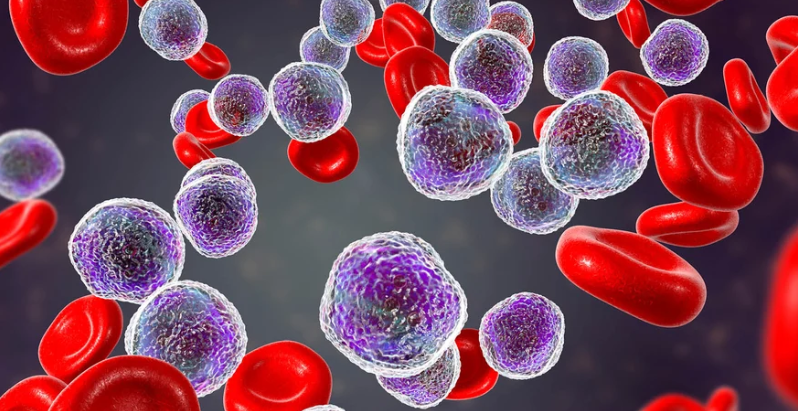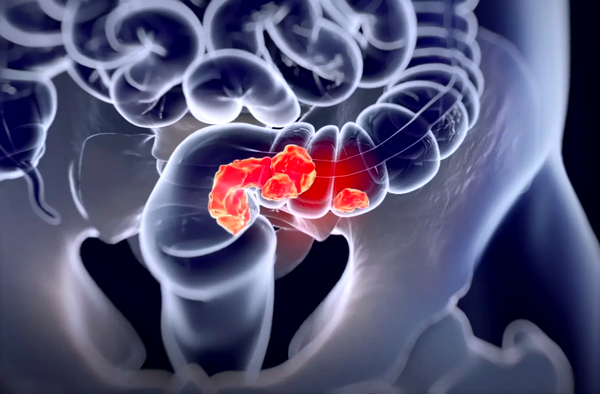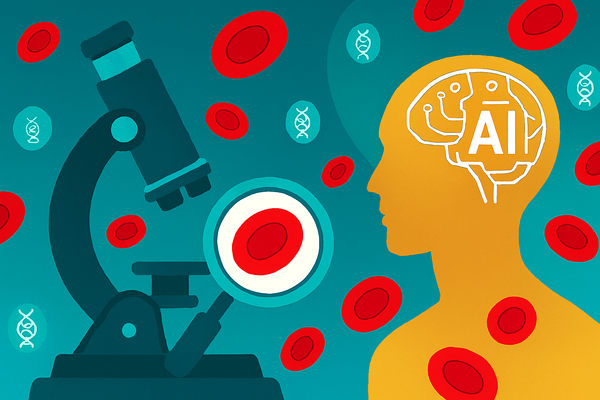The Silent Killer of Modern Times - Understanding Myelodysplastic Syndromes (MDS)

Amid today’s growing list of modern health challenges, Myelodysplastic Syndromes (MDS) a silent yet deadly disorder often slip under the radar. It’s a condition many people have never heard of, yet it can quietly threaten lives. Sometimes called a “bone marrow failure disorder,” MDS disrupts the body’s ability to make healthy blood cells. This can lead to fatigue, infections, and other serious issues. And without treatment, it may progress into acute myeloid leukemia (AML), a far more aggressive and dangerous illness. What makes MDS especially challenging is how often it’s missed, misdiagnosed, or simply not spoken about enough.
Myelodysplastic Syndrome (MDS) refers to a group of diverse bone marrow disorders in which the marrow does not produce enough healthy blood cells. Instead, it yields abnormal (dysplastic) and immature cells, which are often destroyed before entering the bloodstream. As a result, patients suffer from various blood-related deficiencies.
It is a relatively rare condition, with a global incidence rate of approximately 4.9 cases per 100,000 people. South Africa is not immune to Myelodysplastic Syndrome (MDS), with many individuals across the country affected by this serious and often life-threatening blood disorder. While, no specific data is available for South Africa, it is reasonable to assume that the incidence rate mirrors the global average, estimated at 4.9 per 100,000 people.
According to the American Cancer Society, “MDS is sometimes referred to as a group of cancers that affect the blood and bone marrow”. While MDS may not always act like traditional cancers, its potential to progress to Acute Myeloid Leukemia (AML) and its resistance to treatment in many cases makes it a serious diagnosis. In the past, MDS was sometimes referred to as pre-leukemia or smoldering leukemia. Now MDS is considered a form of cancer. It can also develop into a more serious cancer. In about 1 in 3 people with MDS, the disease can progress to acute myeloid leukemia (AML), a fast-growing cancer of bone marrow cells.
While the exact cause of MDS remains uncertain in many cases, risk factors have been identified:
- Age: Most common in people over the age of 60, although it can be found in much younger people.
- Previous cancer treatment: Exposure to chemotherapy or radiation.
- Chemical exposure: Contact with benzene and other industrial chemicals.
- Genetic predispositions: Certain inherited disorders like Fanconi anemia.
- Smoking: Increases risk due to carcinogen exposure.
Wikipedia’s Pathophysiology Sections notes: “Secondary MDS can occur as a late toxicity of cancer therapy (therapy-associated MDS, t-MDS). Exposure to radiation or alkylating agents such as busulfan, nitrosourea, or procarbazine, typically occurs 3–7 years after exposure and frequently demonstrates loss of chromosome 5 or 7”. This means it arises as a consequence of life-saving treatments for other cancers.
Symptoms – Often Subtle and Misleading
MDS is notorious for its vague and gradual symptoms, which often delay diagnosis:
- Persistent fatigue and weakness
- Shortness of breath
- Pale or sallow skin
- Frequent infections
- Easy bruising or bleeding
- Unexplained weight loss
“The signs and symptoms of MDS are often subtle and many patients do not experience any symptoms in the early stages of the disease. However, as the disease progresses, symptoms may become more apparent” says Health Tree Foundation.
It is safe to say that fatigue and weakness are the most common complaints. It’s not just tiredness and weakness, but a kind of crushing exhaustion that affects every aspect of one’s life.
Diagnosis and Detection
MDS is typically diagnosed through:
- Complete Blood Count (CBC) to detect low levels of red cells, white cells, or platelets.
- Bone Marrow Biopsy to assess cellular health and mutations.
- Cytogenetic Testing to determine chromosomal abnormalities.
In the early stages, symptoms may be mild or entirely absent. As the condition advances, however, signs of the disease typically become more noticeable. The most common symptoms are linked to low blood cell counts and are often first identified through routine blood tests, sometimes even before any physical symptoms are present. Due to its insidious onset, MDS is often discovered during tests for unrelated conditions, earning its label as a “silent killer.”
Treatment Options
While there is no definitive cure for MDS (except for a bone marrow transplant), several treatments can slow progression and manage symptoms:
- Supportive care: Blood transfusions, antibiotics for infections, and iron chelation.
- Drug therapy: Medications such as azacitidine and decitabine can slow disease progression.
- Immunomodulatory drugs: Especially for MDS with a deletion 5q chromosomal abnormality.
- Stem cell transplantation: The only potential cure, suitable for select younger or fit patients.
Also, treatment for myelodysplastic syndromes (MDS) depends on the specific type and stage of the disease, as well as the patient’s overall health. There is no one size treatment that fits every patient.
Living with MDS – Management and Lifestyle
Chronic management involves:
- Regular monitoring: Frequent blood tests to track changes.
- Balanced diet: High in protein, iron, and essential vitamins.
- Infection prevention: Vaccinations and hygiene practices.
- Psychological support: Addressing mental health due to the emotional burden of chronic illness.
Patients have to work closely with a hematologist to adjust treatment plans as the disease evolves.
The Dangers of Myelodysplastic Syndrome
Unchecked or unmonitored, MDS can progress into acute myeloid leukemia, a condition with a poorer prognosis and limited treatment options. People with MDS are at increased risk for infections and bleeding. It's important for them to take precautions to avoid injuries that could lead to bruising or excessive bleeding. What makes it dangerous is that it can lull both physicians and patients into complacency.
Myelodysplastic Syndromes may not dominate headlines like other diseases, but their silent progression and severe impact make them a formidable health concern. Greater awareness, early detection, and access to modern treatment are the keys to managing this condition. So, the journey with MDS is not just about enduring pain and suffering but about embracing the new life you have with strength and grace.





